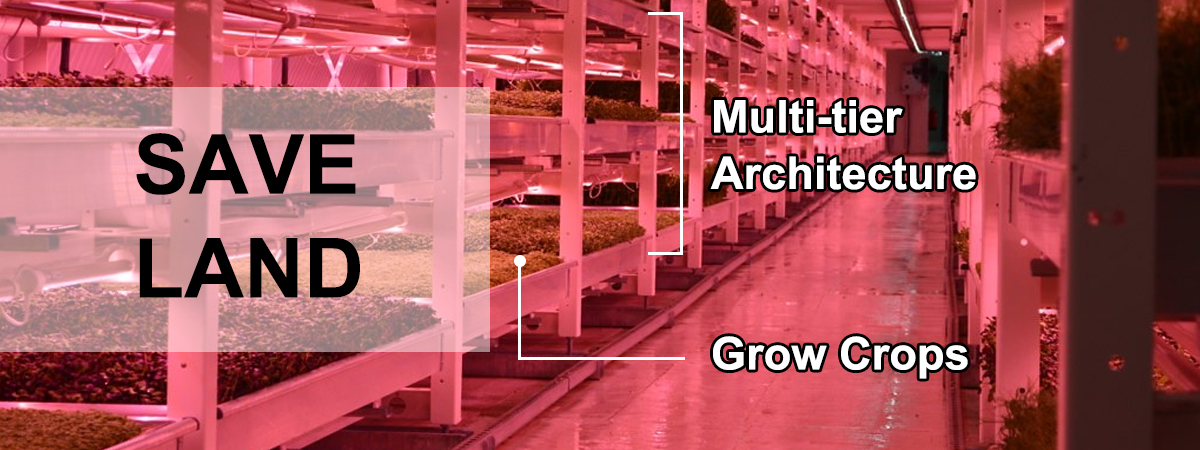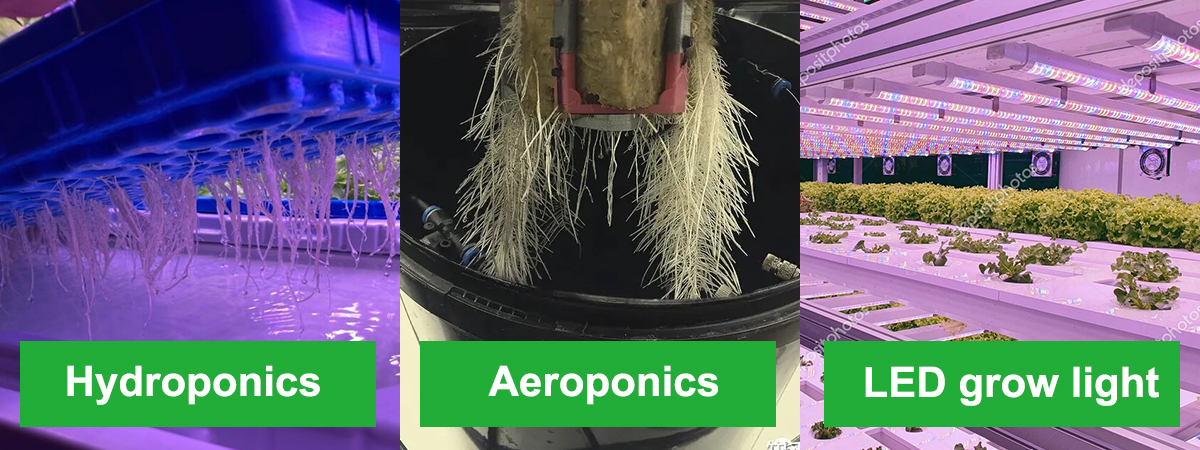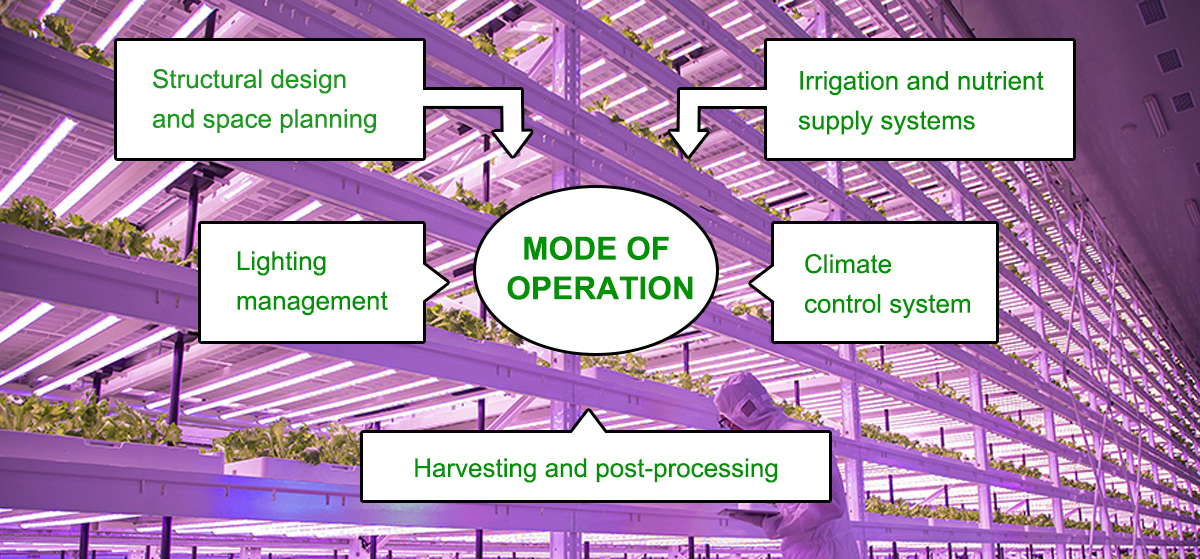As urbanization accelerates, traditional farmland is becoming insufficient to meet the rapidly growing population's food demands. Did you know?
Over 55% of the global population now lives in urban areas, and this figure is expected to rise to 68% by 2050.
This begs the question, is there a new form of agriculture that can save precious land resources while significantly increasing food production? The answer is yes, and it's called "vertical farming."
This seemingly futuristic agricultural model is actually a revolution unfolding before our eyes. Vertical farming allows for the cultivation of plants on multiple levels within a building, achieving land use efficiency over 70 times higher than traditional agriculture!
Moreover, it conserves water resources and reduces the use of fertilizers and pesticides, truly killing several birds with one stone.
Definition and Development of Vertical Farming

Vertical farming, also known as three-dimensional agriculture, is an innovative agricultural practice centered around growing crops in vertical or sloped structures.
This method allows for planting on multiple levels, significantly saving land area, especially suitable for urban environments where land resources are scarce. Farms are no longer traditional expansive fields but are like city skyscrapers, extending layer by layer into the sky.
The concept of vertical farming dates back to the early 20th century, but it was not until recent decades, with rapid technological advancements and global urbanization, that vertical farming began to gain widespread attention and practical application.
Technology and Innovation

The core of vertical farming lies in its efficient use of space and reliance on advanced technologies. Key technologies include hydroponics, aeroponics, and the use of LED grow lights to simulate natural light.
These technologies allow plants to grow without soil and enable year-round production. Additionally, automated systems such as smart nutrient and water management systems and environmental control systems not only reduce labor intensity but also enhance predictability and stability in production.
Hydroponics and Aeroponics
Hydroponics and aeroponics are two crucial planting methods in vertical farming, both independent of traditional soil cultivation. Instead, they use alternative mediums to support plant growth and provide essential water and nutrients.
1.Hydroponics
Hydroponics is a method where a nutrient solution replaces soil to nourish plants. In this system, plant roots are submerged in water rich in dissolved nutrients.
This method allows for more direct and efficient nutrient absorption and also reduces water usage since the water in the system can be recycled. Hydroponic systems simplify plant management, reduce the risk of pests and diseases, and allow for high-density cropping in limited spaces.
2.Aeroponics
Compared to hydroponics, aeroponics exposes plant roots to air containing a nutrient-rich mist, eliminating the need for water as a continuous medium for roots.
This method enhances oxygen supply to the roots, promoting root health and thereby accelerating plant growth. Aeroponic systems are particularly suitable for plants that require a lot of oxygen to grow healthily.
LED Grow Lights
LED grow lights are an innovative lighting technology in vertical farming that simulate natural light to support plant growth without natural sunlight. These lights are designed to precisely control the wavelengths of light emitted, ensuring plants receive the optimal light for photosynthesis and growth.
Operation of Vertical Farms

Vertical farms use vertical space for crop cultivation, expanding planting areas upwards rather than outwards, significantly saving land use. These farms are typically located in urban buildings, using stacked architectures for plant cultivation. Here are some key steps in the operation of vertical farms:
Structural Design and Space Planning: Vertical farms typically use multi-level structures, each capable of independent cultivation. This design allows more plants to be grown in limited ground space and facilitates the installation of irrigation and lighting systems.
Irrigation and Nutrient Supply Systems: Vertical farms often use hydroponics or aeroponics, requiring efficient irrigation systems to ensure even water and nutrient distribution to each level. These systems are usually automated, adjusting water and nutrient supply based on plant growth needs and environmental conditions.
Light Management: Since vertical farms may not receive sufficient natural light, artificial light sources such as LED grow lights are necessary to provide the required illumination. These lights can deliver specific spectra suitable for plant growth and can be adjusted to mimic natural light's diurnal changes.
Climate Control Systems: Maintaining a stable environment is crucial in vertical farms. Climate control systems can regulate temperature, humidity, CO2 levels, etc., ensuring plants grow under optimal conditions. This control is typically managed by computer systems, which monitor environmental data and automatically adjust settings.
Harvesting and Post-Processing: Harvesting in vertical farms can be partially or fully automated. Mature crops are collected by robots or manually, then washed, graded, and packaged, ready for sale or direct supply to consumers.
With these efficient operational processes, vertical farms can achieve a continuous production cycle throughout the year, significantly increasing crop yield and quality while reducing resource consumption and environmental impact.
Of course, if you would like to learn more about grow lights and cultivation techniques, feel free to contact us through the dialogue box below.























